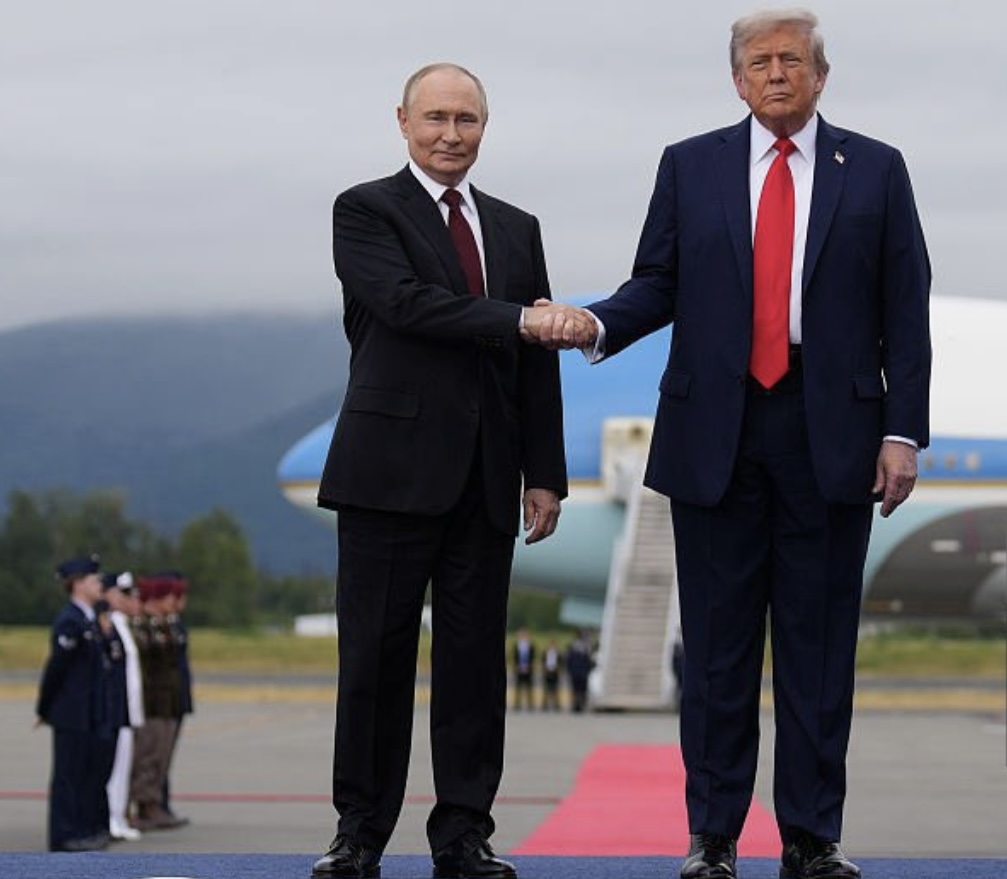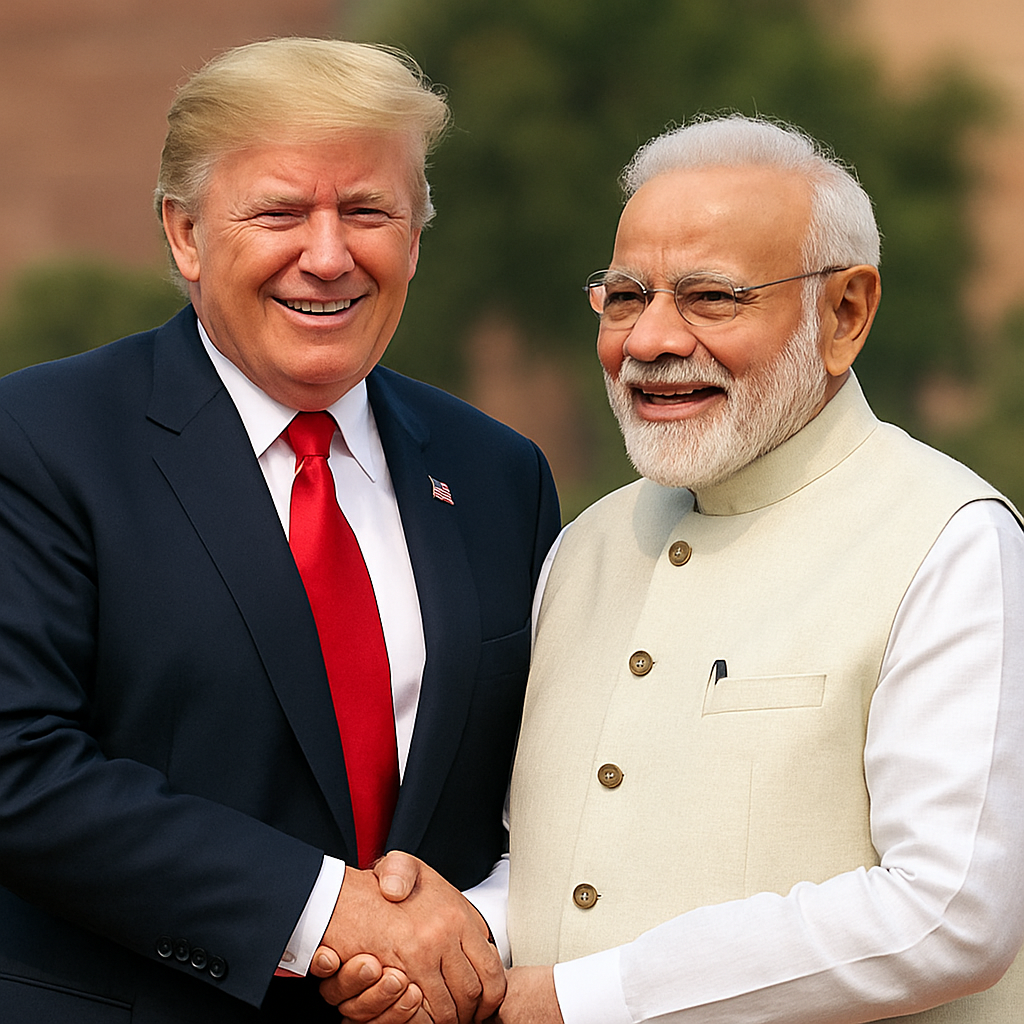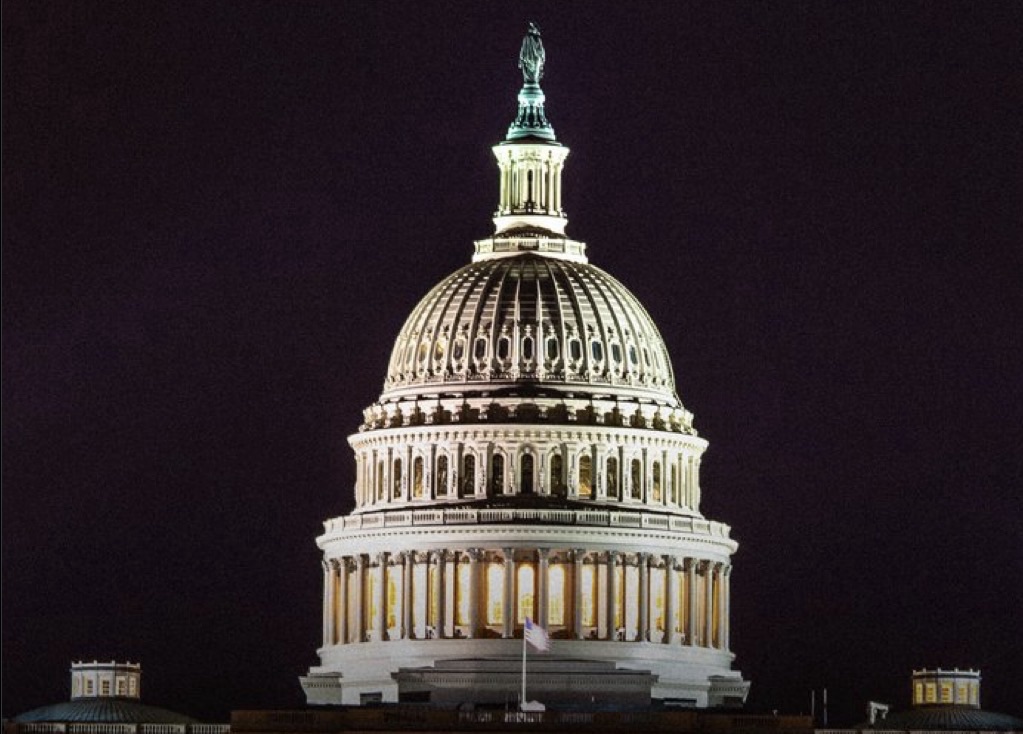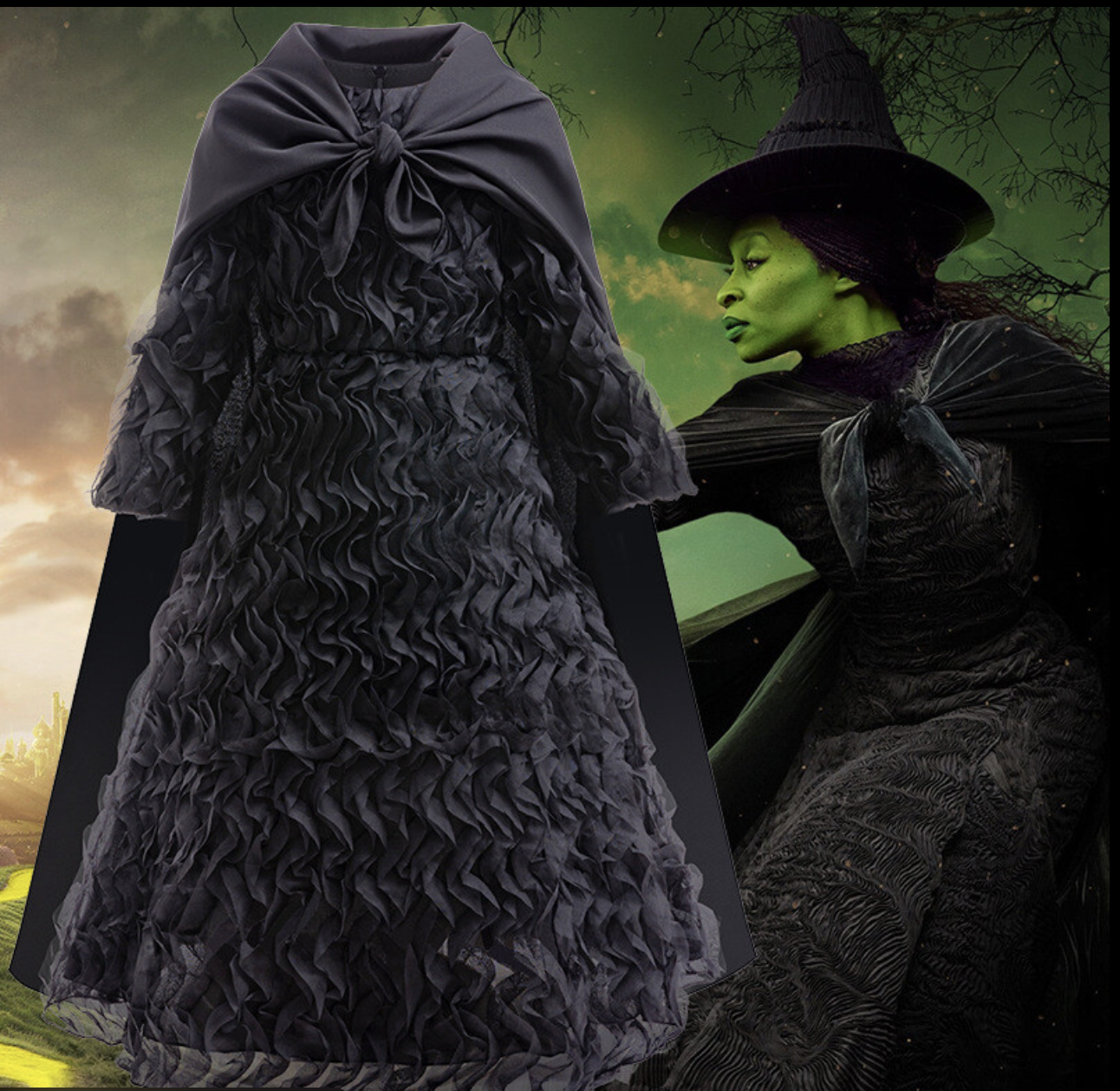
On August 15, 2025, the eyes of the world were fixed on the city of Anchorage, Alaska, where US President Donald Trump and Russian President Vladimir Putin sat down together for the first time in years. The meeting took place at a US military base, Joint Base Elmendorf-Richardson, a space that carries a lot of meaning: it is US territory, but it is geographically close to Russia, which makes it a strategic point for this dialogue.
Everyone was waiting for the meeting with great anxiety, because it had one main goal: to find a way to end the war that is entering its third year in Ukraine. Since 2022, this conflict has claimed thousands of lives, devastated economies, and put Europe and the world at risk. The meeting brought a lot of hope, but also a lot of doubts.

A Special Atmosphere
From the moment Putin stepped off his plane, he was greeted with a reception that showed a balance between diplomacy and a show of force. American warplanes were parading in the sky, a reminder of Washington’s military might. Meanwhile, the red carpet was already laid out, with protocol clearly intended to show respect for such a rare visit.
Trump, a man of symbolism and spectacle, used the occasion to emphasize his presence as a world leader who could speak directly to the Russian leader, despite all the criticism that might come his way. He wanted to show that he could handle the global crisis better than anyone else.
What They Talked About
The first topic on the table, unsurprisingly, was the war in Ukraine. Trump was clear about his position: he wanted a quick ceasefire, but he insisted that Ukraine should decide the future of its territories. For him, the United States could not force Ukraine to make any compromises, but could serve as an intermediary to put pressure on both sides.
Putin, for his part, emphasized the need for Russia to feel its security was guaranteed. He said he could not accept a situation in which Ukraine would become a staging post for the expansion of a military alliance opposed to Moscow. This means that the issue of NATO remains a major obstacle in the negotiations.
The discussions lasted several hours, during which they went into detail about territorial boundaries, border security, the possibility of international observers, and the economic sanctions that have weighed heavily on Russia since the war began. Although no documents were signed, both leaders declared that there was “progress” and an “understanding” that could open the door to the next steps.

Why Was the Meeting Held?
There are several reasons why Trump pushed for this meeting. The first reason is a domestic political agenda: he needs to show the American people that he can bring peace to a conflict that has cost the United States billions of dollars in military and financial assistance. The meeting serves as a showcase for his image as a negotiator who can change the course of the war.
The second reason is relations with allies. In Europe, many leaders fear that Trump could abandon Ukraine or force it to accept a deal that favors Russia. Holding the meeting in Alaska, on American soil, was a way to show that he maintains full control over the process, but also not give Putin any undue advantage.
The third reason has to do with geopolitical calculations: a ceasefire in Ukraine could reduce military tensions, ease global energy markets, and open the door to new negotiations on nuclear weapons. For Trump, this could be a historic legacy that would put his name in the history books as a president who brought global peace.
Preliminary Results
Although there was no official signing, both leaders left the meeting on a positive note. Trump said he felt they had made a lot of progress, but added that “there is no deal until there is a deal.” In other words, they opened the door to further meetings, but there is no final solution for now. Putin, for his part, spoke of an “understanding,” a term that suggests he too sees a glimmer of hope at the end of the tunnel.
What is clear is that the meeting did not yield any immediate ceasefire. But it laid the groundwork for a new round of negotiations that could include Ukraine directly. Trump has already announced his intention to speak with Ukrainian President Volodymyr Zelenskyy and other European allies to outline the details of the discussions.
Global Reaction
In Ukraine, reactions are mixed. Some see the meeting as a hope for an end to the endless fighting, while others fear that Trump could push them to make too many territorial concessions. In Europe, leaders are taking a cautious approach: they are happy to see the diplomatic move, but remain deeply skeptical of Putin’s intentions.
At home, Trump finds support among his political base who believe he can do what no other president has been able to do. However, his opponents warn that he may be giving Putin too much of an advantage, and that any agreement must fully guarantee Ukraine’s sovereignty.
The Symbolism of Alaska
The choice of Alaska for the meeting was not a coincidence. The territory is a geographic point where the United States and Russia are closest. Moreover, holding it on a military base demonstrates US strength while welcoming a leader who has come to terms with a difficult position. It is a balance between pressure and diplomatic openness that reflects Trump’s strategy.
The Trump–Putin meeting in Alaska on August 15, 2025 is a historic step
but it is only the first step on a long path. There is no formal agreement, but there is an opening. The world is left with many questions: is Putin really ready to compromise? Will Trump stick to his stance on respecting Ukraine’s sovereignty? Will European allies follow suit?
For now, what we have is a diplomatic picture that carries a lot of weight: two great leaders sitting together, talking, testing each other’s limits, and leaving the door open for new discussions. The war is not over, but the dialogue has begun. The rest of history will be written in the coming weeks, depending on how progress is monitored.
By-Wilgens Sirise







